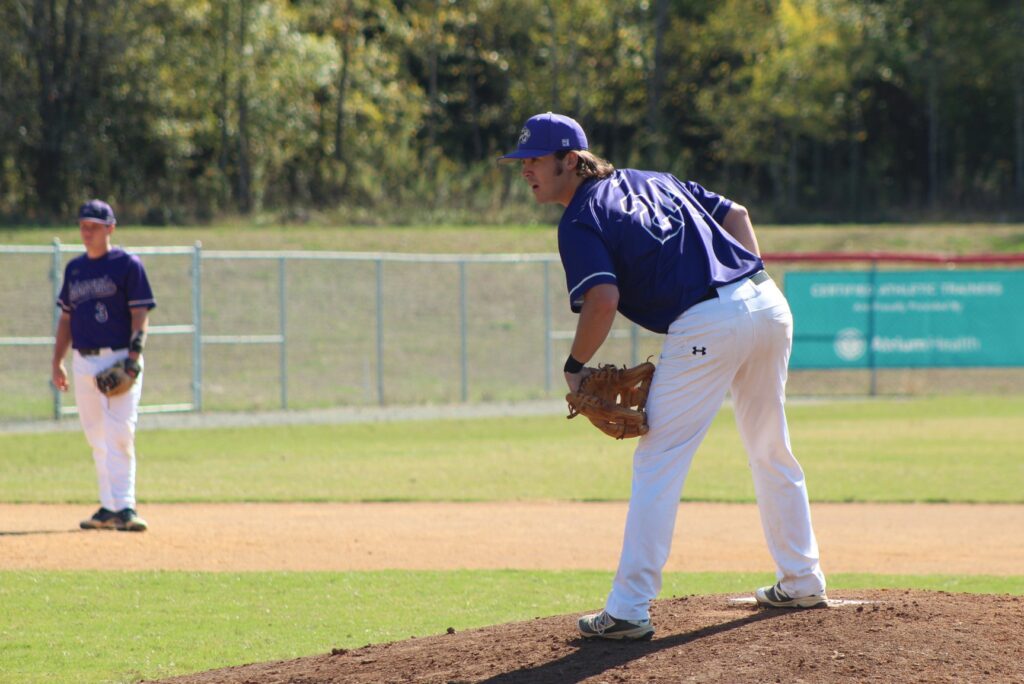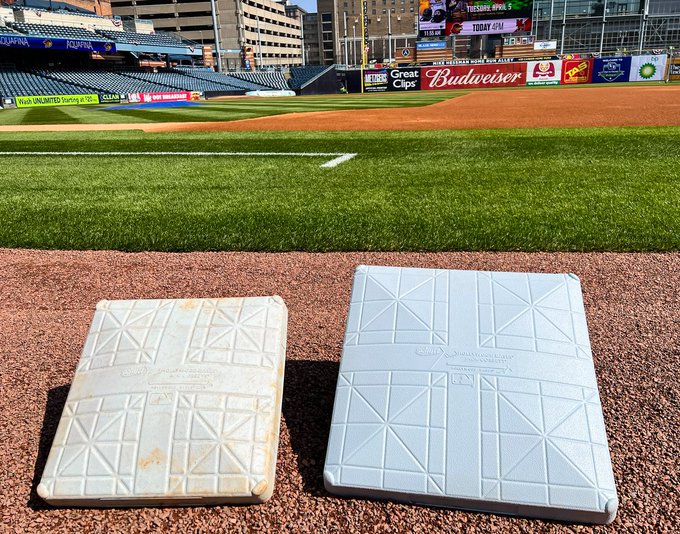Baseball has forever been known as America’s favorite pastime.

However, there has always been one lingering issue with baseball. That issue being how long a game takes.
During the 2022 MLB season the average game length was 3 hours and 3 minutes.
Many fans struggle to sit through such a long game and have voiced their complaints for many years.
The MLB, hearing all these complaints, has finally made a major change to the way the game is going to be played.
At the start of the 2023 MLB season, a pitch clock will be implemented to speed up games and keep the pace moving.
The main rule of the pitch clock is that pitchers have 20 seconds to pitch the ball after receiving it from the catcher.
There are also many other rules associated with the pitch clock besides pitchers only having 20 seconds that changed.
Not only is it the first year these new rules will be in play for the MLB season, but this will also be the first year it is in effect for the college level as well.
“I am all for speeding the game up and I think the pitch clock is doing just that,” Western Carolina baseball head coach Alan Beck said.
However, with all the recent changes there are always positives but there unfortunately are also negatives to this pitch clock.
“I like the pitch clock as long as you are not taking away from the outcome of the game. There have been a couple instances I have seen where the 20 second clock violations have happened for the last out of the game and that is never good for a game to end like that,” Beck said.
The 20 second timer is visible in all stadiums counting down for the pitcher, batter and the umpire.
The visible clock is not required in all college stadiums yet but must be installed for the 2024 season. Since there is no visible clock, it is on the umpires to give warnings if they feel the pitchers are working too slow.
Along with the new pitch clock implementation the MLB is also using bigger bases to help try and promote more safety for runners and fielders around the bases.
The bases were 15 square inches, and the new ones were made to 18 square inches.

The college level has not put these new bases into effect, but head coach Alan Beck believes it is only a matter of time and would not be surprised to see the bigger bases in action at the college level in the years to come.
Every sport is constantly updating and changing the rules for the betterment of the game. These new rules will take a little bit of time to see if they have positive or negative effects.


